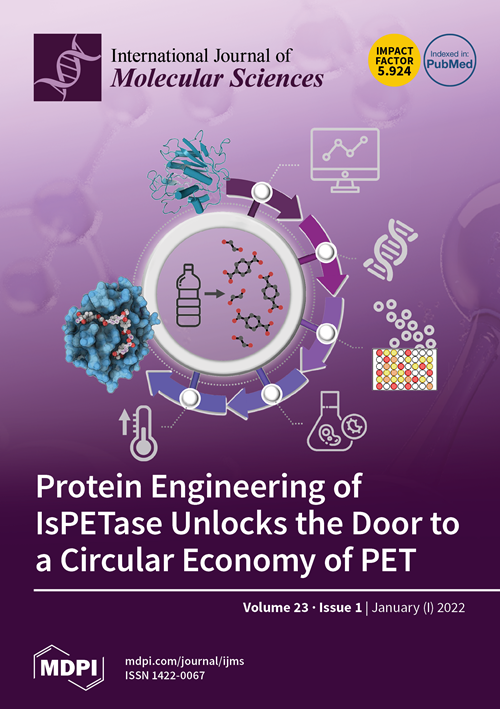Low Testosterone and High Leptin Activate PPAR Signaling to Induce Adipogenesis and Promote Fat Deposition in Caponized Ganders
IF 4.9
2区 生物学
Q1 BIOCHEMISTRY & MOLECULAR BIOLOGY
引用次数: 0
Abstract
Low or insufficient testosterone levels caused by caponization promote fat deposition in animals. However, the molecular mechanism of fat deposition in caponized animals remains unclear. This study aimed to investigate the metabolomics and transcriptomic profiles of adipose tissues and study the effect of testosterone and leptin on the proliferation of adipocytes. We observed a significant enlargement in the areas of adipocytes in the abdominal fat tissues in capon, as well as increased luciferase activity of the serum leptin and a sharp decrease in the serum testosterone in caponized gander. Metabolomics and transcriptomic results revealed differentially expressed genes and differentially expressed metabolites with enhanced PARR signal pathway. The mRNA levels of peroxisome proliferators-activated receptor γ, fatty acid synthase, and suppressor of cytokine signaling 3 in goose primary pre-adipocytes were significantly upregulated with high leptin treatment and decreased significantly with increasing testosterone dose. Hence, reduced testosterone and increased leptin levels after caponization possibly promoted adipocytes proliferation and abdominal fat deposition by altering the expression of PPAR pathway related genes in caponized ganders. This study provides a new direction for the mechanism through which testosterone regulates the biological function of leptin and fat deposition in male animals.低睾酮和高瘦素激活 PPAR 信号,诱导脂肪生成并促进羯化甘德鸡的脂肪沉积
阉割造成的睾酮水平过低或不足会促进动物脂肪沉积。然而,毛冠化动物脂肪沉积的分子机制仍不清楚。本研究旨在调查脂肪组织的代谢组学和转录组学特征,并研究睾酮和瘦素对脂肪细胞增殖的影响。我们观察到毛冠鹿腹部脂肪组织中脂肪细胞的面积明显增大,血清瘦素的荧光素酶活性增加,血清睾酮急剧下降。代谢组学和转录组学结果显示,随着 PARR 信号通路的增强,差异表达基因和差异表达代谢物也随之增加。鹅原代前脂肪细胞中过氧化物酶体增殖物激活受体γ、脂肪酸合成酶和细胞因子信号转导抑制因子3的mRNA水平在高瘦素处理下显著上调,并随着睾酮剂量的增加而显著下降。因此,毛化后睾酮水平的降低和瘦素水平的升高可能通过改变毛化鹅PPAR通路相关基因的表达来促进脂肪细胞的增殖和腹部脂肪的沉积。这项研究为睾酮调节雄性动物瘦素的生物功能和脂肪沉积的机制提供了一个新的方向。
本文章由计算机程序翻译,如有差异,请以英文原文为准。
求助全文
约1分钟内获得全文
求助全文
来源期刊

International Journal of Molecular Sciences
Chemistry-Organic Chemistry
CiteScore
8.10
自引率
10.70%
发文量
13472
审稿时长
17.49 days
期刊介绍:
The International Journal of Molecular Sciences (ISSN 1422-0067) provides an advanced forum for chemistry, molecular physics (chemical physics and physical chemistry) and molecular biology. It publishes research articles, reviews, communications and short notes. Our aim is to encourage scientists to publish their theoretical and experimental results in as much detail as possible. Therefore, there is no restriction on the length of the papers or the number of electronics supplementary files. For articles with computational results, the full experimental details must be provided so that the results can be reproduced. Electronic files regarding the full details of the calculation and experimental procedure, if unable to be published in a normal way, can be deposited as supplementary material (including animated pictures, videos, interactive Excel sheets, software executables and others).
 求助内容:
求助内容: 应助结果提醒方式:
应助结果提醒方式:


